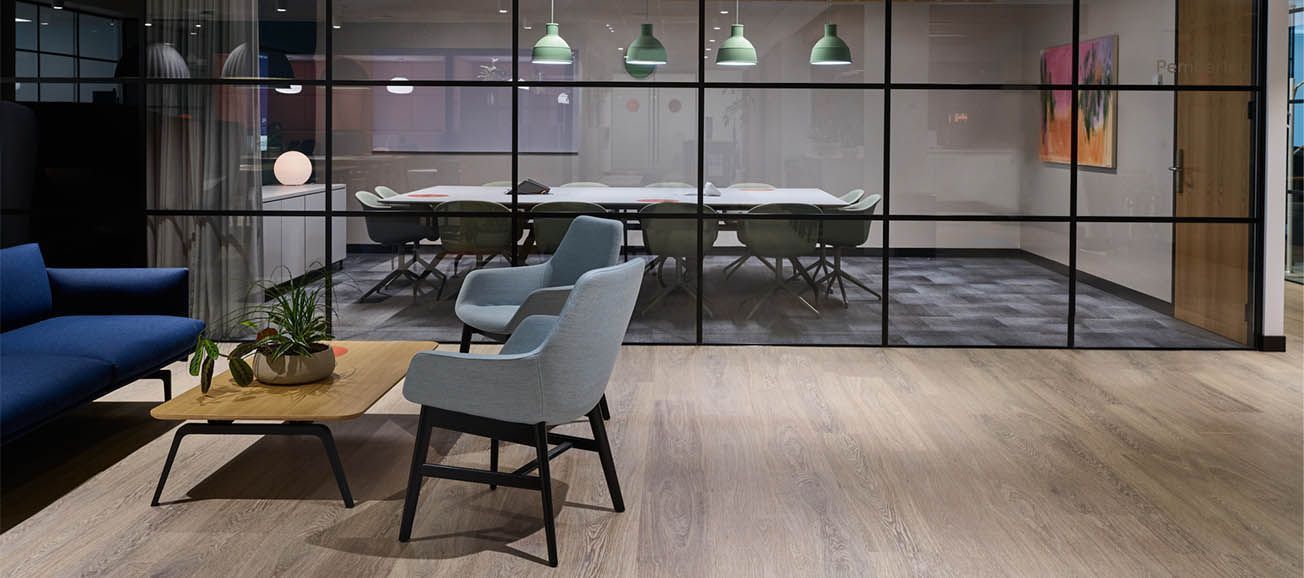What’s All the Hype About Flexible Workspaces?
Why flexible workspaces are becoming increasingly popular. Here’s the inside scoop about workspaces, the benefits and how employees and co-workers feel about it
Flexible workspaces, including coworking spaces and other spaces such as serviced offices and meetings rooms are becoming increasingly popular, and for a good reason. As a human race we’re constantly evolving, and it’s important to take stock and notice when approaches might need to change or be updated. That’s effectively what’s been taking place for the world of work over the last several years.
There’s been a cultural shift, and a desire to do better. Long-gone are the days when office workers worked a strict nine till five and business owners were restricted to high rental rates and long-term leases. The pandemic allowed us to try out remote working for size, and other workspace solutions arose as a result, however, long before this, flexible working experienced a boom.
Pre-pandemic there were nearly 19,000 coworking spaces worldwide in 2019. This number is expected to hit nearly 26,000 by 2025 according to an article in Small Biz Genius (1).
These days, more than half (51%) of employees report having flexible working arrangements in place, and it’s predicted that this figure will continue to rise. During the first half of 2022 more than one third of companies (37%) have seen a rise in requests for flexible working arrangements (2).
Flexible Workspace Benefits
It’s clear that there’s been a global shift to more flexible workspaces. Employees are favouring flexibility over traditional offices. In fact, according to Desk Mag’s survey, those choosing co-working space opted for this way of working because they found the atmosphere enjoyable (59%) and benefited from interacting with others (56%) while building a sense of community (55%). Some of the key benefits of considering a flexible workspace include:
1) Minimises loneliness and workers feel happier
Regardless of whether you use meeting space or serviced offices, being part of a wider community can pay dividends. A gigantic 89% of co-workers say they feel happier after being part of a coworking space. With 83% stating that they feel far less lonely as a result of their coworking environment (3).
2) Flexibility allows for More Agile Way of Thinking
Being part of an organisation that uses flexible workspace opens up possibilities for staff and the business as a whole. This culture and mindset can filter into other ways of working within the business and allow staff to think more broadly too. It also allows businesses to relocate when needed, make savings, and focus on bigger business objectives.
3) Flexible Workspaces Leads to More Opportunities
The same survey by Smallbiz (3) showed that 82% of co-workers expanded their network since they joined a flexible workspace. If you’re looking to grow your network of professional contacts, joining a space that offers this kind of community is a smart way to broaden your opportunities and potential.
The Trend Continues in 2022
In a survey by Desk Mag (5), flexible workspaces were excited about 2022. Three quarters (75%) of respondents expected an increase in membership and here at Adapt we too are seeing more and more people enquire about flexible workspace. There are a multitude of reasons. Some are trying to find ways to navigate the world post-pandemic or starting to understand the savings and opportunities to be had, whereas others are listening to their colleagues and realising that flexibility leads to agility and a whole host of other knock-on effects.
SOURCE:
- Small Biz Genius: https://www.smallbizgenius.net/by-the-numbers/coworking-statistics/#gref
- CIPD: https://www.cipd.co.uk/knowledge/fundamentals/relations/flexible-working/flexible-hybrid-working-practices#gref
- Small Business Labs
- Desk Mag Survey: https://www.deskmag.com/en/coworking-statistics-all-results-of-the-global-coworking-survey-research-studies-948


